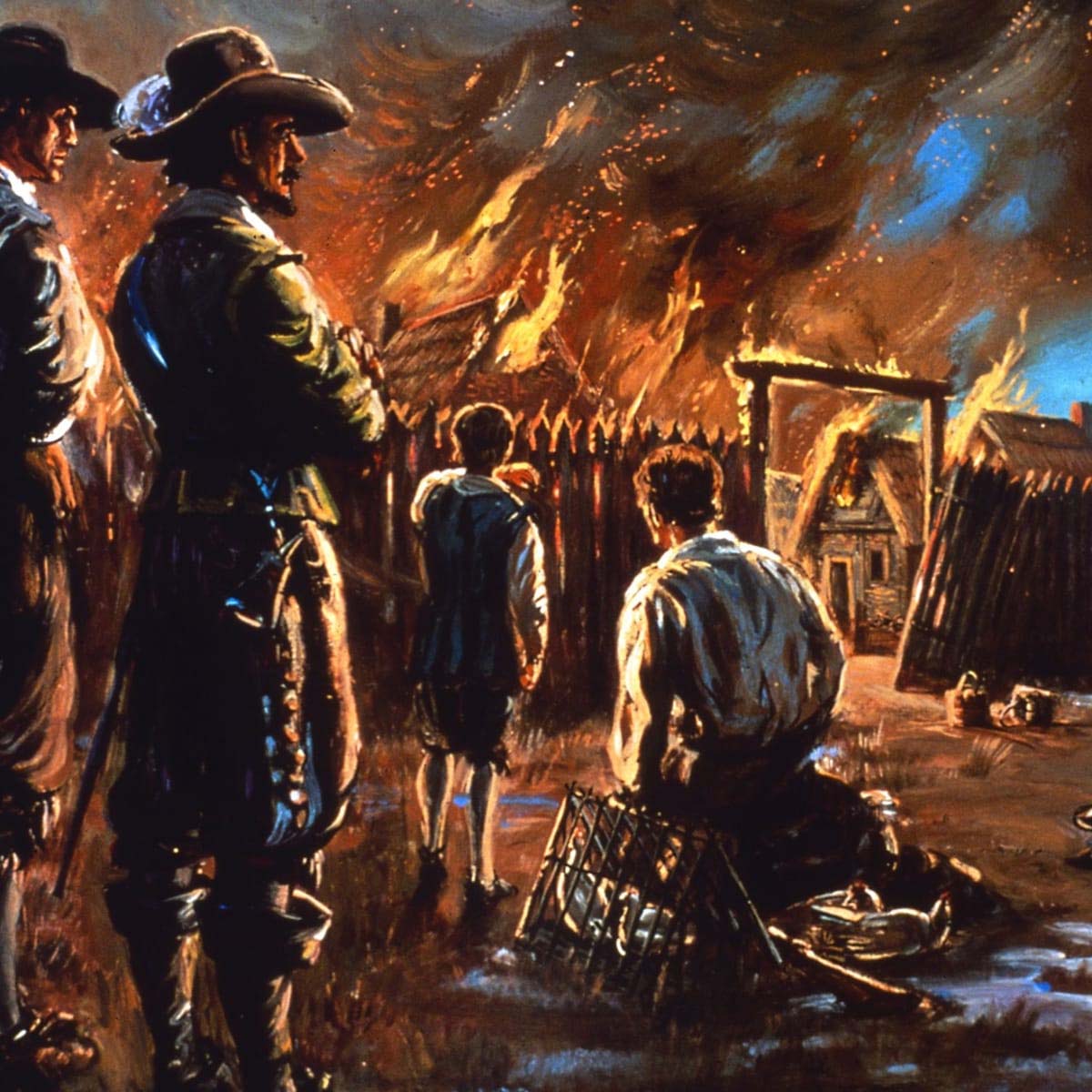Bacon's Rebellion

The concept of the “white race” as a distinct social category emerged in response to Bacon’s Rebellion in Virginia in 1676. During this rebellion, a diverse coalition of colonists, including both poor whites and enslaved Africans, united against the colonial elite and British rule. The rebellion highlighted the potential for cross-racial solidarity and posed a threat to the existing social order.
In reaction to the rebellion, British authorities and colonial leaders implemented a series of legal and social changes designed to solidify racial divisions and prevent future alliances between poor whites and enslaved Africans. Laws were enacted that increasingly defined and reinforced the concept of “whiteness” as a way to distinguish and elevate poor Europeans over Africans and other people of color. This racial classification system served to entrench a hierarchy that maintained the dominance of the European-descended elite and perpetuated the institution of slavery by creating a more rigid racial divide.
Slavery Prohibited in West New Jersey
Slavery is prohibited in West New Jersey, a Quaker settlement in current day South New Jersey.
Fox Publishes Gospel Family-Order
The Quaker George Fox publishes Gospel Family-Order, being a short discourse concerning the Ordering of Families, both of Whites, Blacks and Indians, which urged Quakers in America to treat their slaves humanely.
Curwen Visits Barbados
The Quaker Alice Curwen visits Barbados and, in a letter to the slave-holding Barbadian Friend Martha Tavernor, becomes the first Quaker to unambiguously denounce slavery.